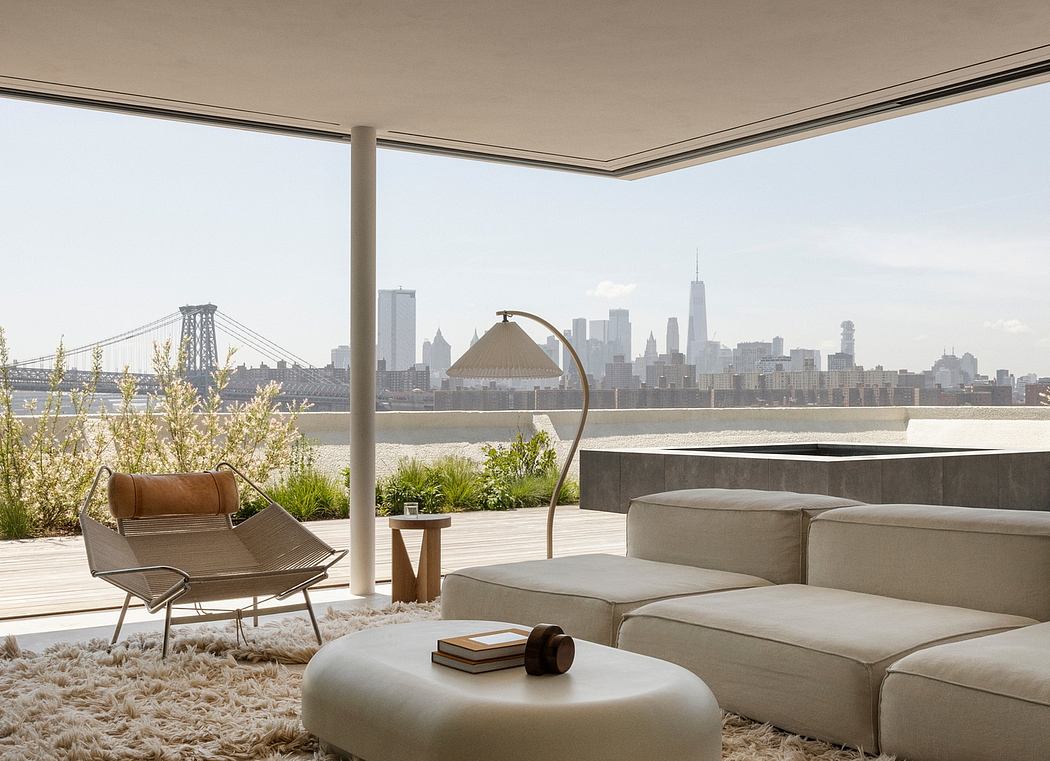Architecture’s Climate Crisis

Last fall?s special report by the Intergovernmental Panel on Climate Change (IPCC) was grim news. Examining over 6,000 studies, the IPCC confirms that even if all carbon emissions were to stop immediately, human activities will have already caused 1.0°C of global warming above pre-industrial levels. We will almost certainly reach 1.5°C of warming?as soon as 2030.
The OAA is leading by example, retrofitting its headquarters to net zero energy standards as a response to the climate crisis. Image via OAA.
Permanently heating the planet to this amount will have substantial consequences, with climate-related risks to health, livelihoods, food security, water supply, human security and economic growth. And in order to limit warming to 1.5 degrees?rather than the far more dire 2.0-degree scenario?we will need to reduce global net carbon emissions by 45% from 2010 levels by 2030, and reach net zero by 2050. In terms of architecture, limiting global warming to 1.5°C means that building emissions overall will need to be reduced vastly by 80-90% by 2050. More immediately, according to the IPCC, new construction will need to be fossil-free and near-zero energy by 2020 (that?s not a typo). In OECD countries?including Canada?deep energy retrofits of existing buildings will need to take place at a rate of 5% of building stock per year.
Last March when the IPCC was in Edmonton, the Mayor made the ?Edmonton Declaration? to commit signatory cities to limit warming to 1.5°C. A report that...
_MFUENTENOTICIAS
canadian architect
_MURLDELAFUENTE
https://www.canadianarchitect.com/
| -------------------------------- |
| Flat Polygon tool folds to provide four different sizes of measuring spoon |
|
|
Villa M by Pierattelli Architetture Modernizes 1950s Florence Estate
31-10-2024 07:22 - (
Architecture )
Kent Avenue Penthouse Merges Industrial and Minimalist Styles
31-10-2024 07:22 - (
Architecture )






